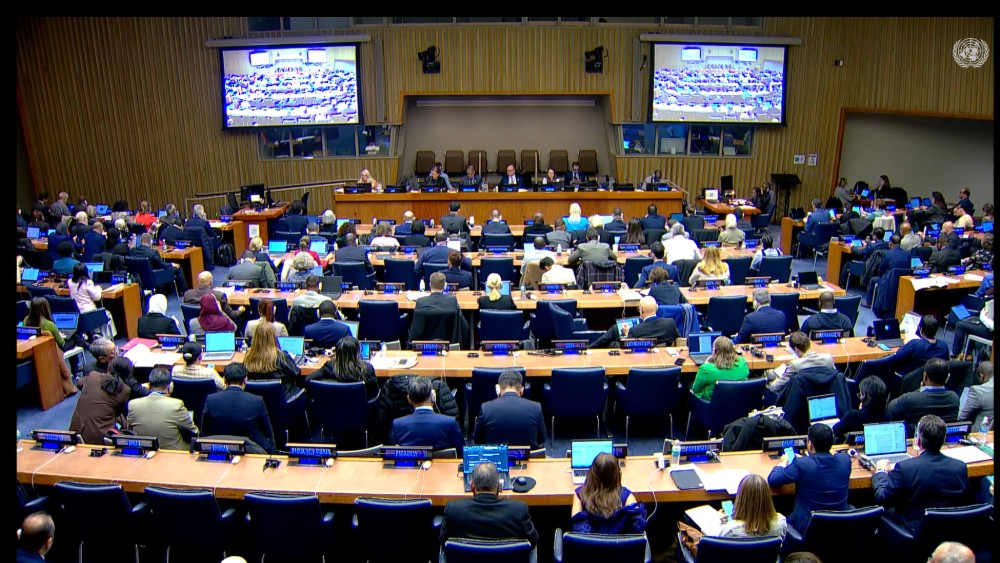UN Adopts New Tourism Employment Indicator to Advance the SDGs

In a key step toward recognizing tourism’s role in sustainable development, the United Nations has adopted a new tourism employment indicator as part of the official Sustainable Development Goals (SDGs) Indicator Framework.
Approved at the 56th session of the UN Statistical Commission, this milestone will allow for the systematic monitoring of global data on employment in the tourism sector. As a result, the number of official tourism-related SDG indicators increases from two to three, further solidifying tourism’s recognition as a driver of economic and social progress.
Beyond GDP: Tourism’s Impact on Social Development
UN Tourism Secretary-General Zurab Pololikashvili emphasized the importance of this new indicator, stating: “What gets measured, gets done. As part of Goal 8, we strive for sustainable tourism that creates jobs. This new indicator goes beyond GDP to enhance our understanding of tourism’s potential for social progress. It will help policymakers identify gaps, address inequalities, and maximize tourism’s social and economic benefits—ensuring no one is left behind.”
A recent survey by UN Tourism among its Member States revealed a strong preference for reinforcing tourism’s contribution to the SDGs. The new indicator, for which UN Tourism serves as custodian, will provide essential data to support this goal.
Tourism Employment: A Global Perspective
Between 2015 and 2023, tourism accounted for 5.6% of global employment, with 127 million people working in the sector in 2023 alone, based on data from 89 countries covering 68% of the world’s population.
Tourism is a key source of employment and income in both developed and developing nations, including remote areas. Its impact is even more significant in Small Island Developing States (SIDS), where it represents an average of 12.9% of total employment.
The new indicator, based on the Statistical Framework for Measuring the Sustainability of Tourism, will allow for a detailed analysis of the number of people employed in tourism both at the country level and globally. It will also enable data segmentation by gender, employment type (salaried or self-employed), and across 10 tourism-related industries.
A Collaborative Effort to Strengthen Sustainable Tourism
The indicator was developed through a collaborative effort led by Austria, Spain, Saudi Arabia, CARICOM, the ILO, and UN Tourism, following years of research and intergovernmental consultation.
Thanks to a partnership between UN Tourism and the ILO, this indicator will leverage both organizations’ data reporting mechanisms, maximizing previous statistical investments while minimizing the reporting burden on countries.
With its inclusion in the UN High-Level Political Forum on Sustainable Development (HLPF) and the UN SDGs Report, tourism is now firmly established as a key pillar of global sustainable development.














